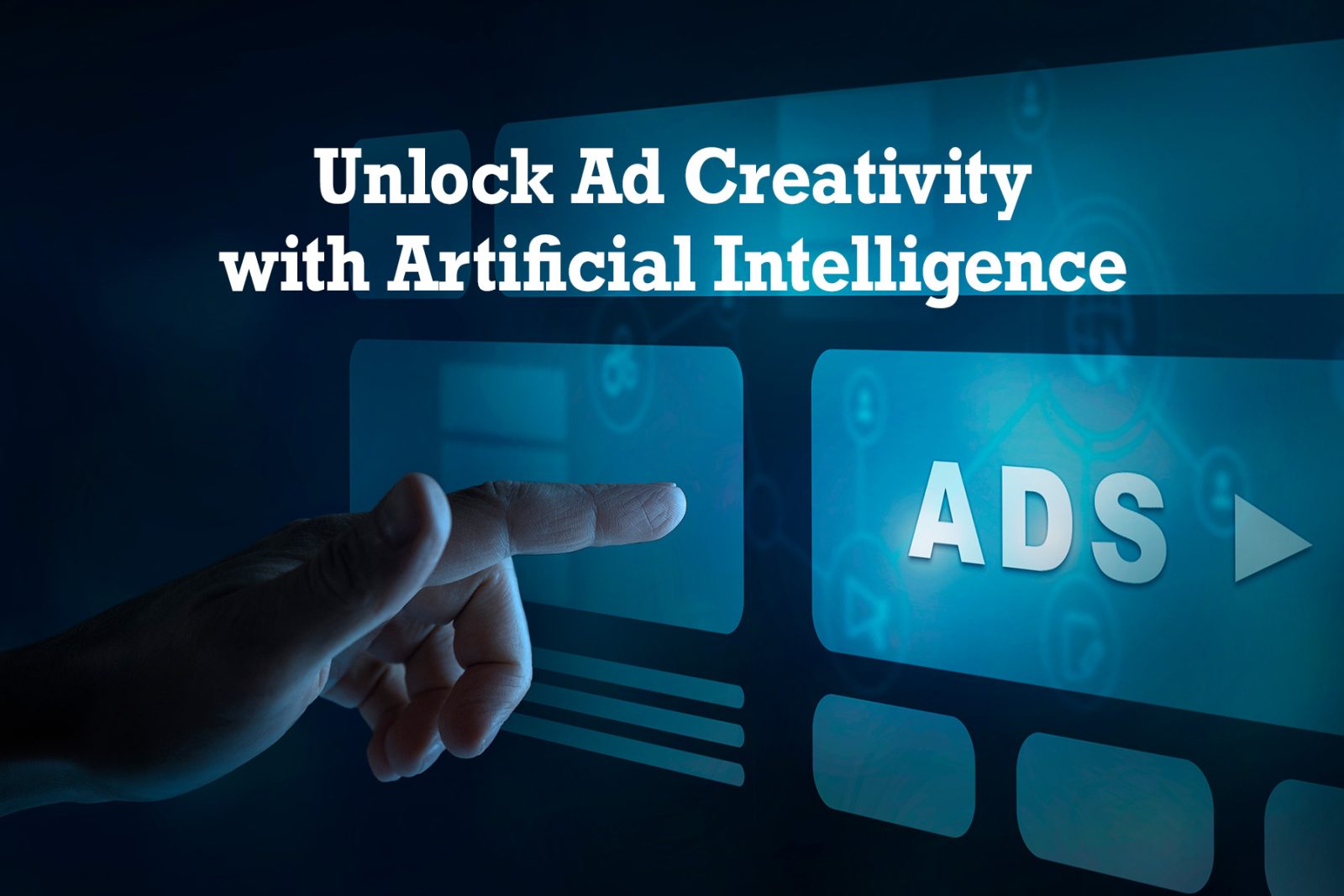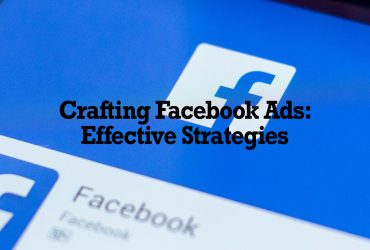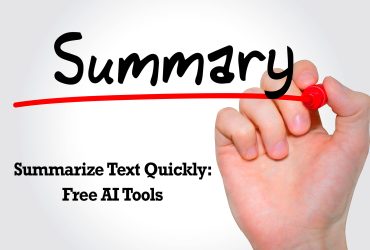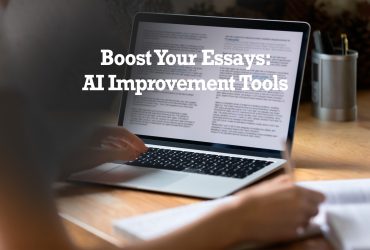Creativity is key in advertising. It grabs people’s attention, connects them, and gets them to act. With Artificial Intelligence (AI) stepping into the creative process, the way we make ads is changing. AI doesn’t just add a little extra to the creative process; it brings many benefits to content and digital marketing strategies.
Understanding the Power of AI in Ad Creation
AI plays a significant role in making ads. It’s like having a super-smart assistant who sifts through tons of data to find golden nuggets of insight that help build robust ad strategies. AI spots trends and customer preferences that might slip past humans. This means ads can hit closer to home with the audience.
AI also makes the ad-making process smoother. It takes care of the repetitive stuff and suggests ways to improve ads. This lets marketers put their energy into the big picture and the creative direction while AI sorts out the details and performs analysis.
AI shines when it comes to making ads that change and adapt to each person. It learns from user behavior and tweaks ads to fit each person’s likes and dislikes. This kind of personal touch used to be hard for many people at once, but AI makes it possible.
Benefits of Using AI for Ad Creation
The boost in efficiency and productivity from AI in making ads is transparent. AI can handle designing and testing ads so that creative teams can spend more time on big ideas and innovative projects. This can lead to more powerful campaigns that stand out.
Better targeting and personalization come from AI’s knack for crunching data. It figures out which ads will hit the mark, making sure that marketing isn’t wasted on folks who aren’t interested. This smart targeting allows for better utilization of ad budgets and encourages more people to take action.
AI is a game-changer for creativity and innovation in ads. It offers new ways to mix and match elements and brings fresh ideas. This can lead to unexpected and exciting ad campaigns that grab people’s attention and even start new trends.
The big win for any ad campaign is a good return on investment and getting people engaged, and ads made with AI are doing well at this. They’re good at fine-tuning ad elements to work the best they can, often doing better than ads made without AI, and that means better results for businesses.
Types of AI Tools for Creating Ads
There’s a bunch of AI tools out there for making ads. You’ve got ad generators, ad makers, and creative generators. Each one helps with different parts of making an ad, from coming up with ideas to putting together the final product.
When picking AI tools for ad creation, you’ve got to think about what they offer and if that fits with what you need. Some are great for writing ad copy, while others are better for visuals or putting together the whole ad strategy.
AI tools do more than automate tasks. They can whip up different versions of ad text, create eye-catching graphics, and suggest changes based on how the ad is doing. Using these tools, marketers can make ads that aren’t just quick and on point but also full of creativity and appeal.
How to Create Ads with AI: Step-by-Step Guide
To start creating ads with AI, you need to pick the right AI tool. Look for one that has the features you need, is easy to use, and works well with the other marketing tools you’re using. Choose a tool that has a good reputation in your field and fits your budget. It’s also essential to have good customer support in case of problems.
After picking your tool, give it the data it needs. This includes your campaign goals, who you want to reach, their interests, and how they behave, plus your brand guidelines. The more specific you are, the better the AI can make ad suggestions that your audience will like.
Next, you should tweak the ads the AI comes up with. Make sure they sound like your brand and meet your goals. Change the images, words, and design to make sure they fit with the rest of your brand.
Testing is a key part of making ads. Try out different versions of your AI-made ads to see which ones your audience likes best. Use what you learn to make your ads better so they get more people interested and more people buying. Keep an eye on how your ads are doing and make changes when needed to get the best results.
Leveraging AI for Ad Personalization
Personalized ads are really important for getting good results from your advertising. When you make ads that fit what each person likes and does, they are more likely to buy from you. AI is great at looking at lots of data to determine what each person might like.
Many stories show how AI has helped companies do better by making personalized ads. For example, online stores use AI to show people products they might like based on what they’ve looked at before. This can lead to more people clicking on the ads. Streaming services also use AI to make personalized previews, attracting more people to watch their shows.
To use AI for personalizing ads, you should group your audience into segments based on what they have in common. Then use AI to make messages that really speak to each group. Also, consider where each person is in the buying process and make ads that fit each stage.
Enhancing Ad Creativity with AI Insights
AI can look through a lot of information to find new ideas and trends that people might not notice. It can tell you what kinds of pictures or words work best and give you new ideas for your ads based on what’s happening right now. Using these insights can help you make ads that are not just creative but also smart.
The information from AI can be beneficial for making your ad strategy better. For example, AI can tell you which kinds of ads work best for specific people or when is the best time to show your ads. This information can help you strengthen your messages and use your ad money more wisely.
There are real examples of how using AI has helped companies do better with their ads. Companies that use AI to help make their ads often see more people clicking on their ads and more people buying from them.
Overcoming Challenges in AI Ad Creation
AI has a lot of benefits, but there are also worries about how it might affect creativity and jobs. It’s important to talk about how AI is a tool that improves creativity, not replaces it. Talking about how AI and people can work together can help ease fears about jobs being lost.
Using AI to make ads can be tricky. You have to think about keeping people’s information safe and making sure you know how to operate the latest AI tools. Make sure you’re following the rules about keeping information safe, and teach your team how to use AI tools well.
Best Practices for Creating AI-Generated Ads
Creating effective AI-generated ads starts with high-quality, consistent data. It’s vital to provide your AI with accurate and comprehensive information. This allows the AI to understand your target audience better and improve ad performance. Make sure the data you use is clean, organized, and free of any biases that could lead to inaccurate results. When your data is consistent, the AI can more easily identify patterns and make predictions that help your ad campaigns succeed.
AI-generated ads get better with continuous testing and iteration. Conduct A/B tests with different components of your ads, like headlines or images, to see what your audience prefers. This process of testing and refining helps the AI learn and improve, leading to more targeted and effective ads. Be ready to adjust your strategies based on the data you collect from these tests to make your ads even more appealing.
It’s crucial to keep an eye on how your AI-generated ads are doing. Use key performance indicators (KPIs) like click-through rates and conversion rates to measure their success. AI can also help you track how users interact with your ads in real-time, which lets you make quick changes to your campaigns. By regularly checking your analytics, you can spot trends and make informed decisions for future ads.
Future Trends in AI Ad Creation
Technologies like machine learning, natural language processing, and predictive analytics are shaping the future of AI in ad creation. These tools make targeting more precise, content creation more dynamic, and faster decision-making. As AI gets more sophisticated, ads are becoming more personalized and interactive.
AI has the power to transform advertising. It can sift through vast amounts of data to find insights that might be overlooked otherwise, making ad targeting and placement more effective. AI can also take over routine tasks, giving marketers more time to work on strategy and creativity. With ongoing advancements in AI, we can expect to see new and more engaging ad formats.
Ads of the future will likely be more personalized, changing to fit individual consumer behaviors and preferences as they happen. Marketers and advertisers must keep up with AI developments and be open to trying out new technologies. This means the industry will lean more towards data-driven decisions and require new skills for managing AI tools.
Ethical Considerations in AI Ad Creation
When using AI to create ads, it’s important to consider ethical issues like algorithmic bias and privacy concerns. Companies should make sure their AI systems are transparent and fair. Regular checks for biases in AI algorithms and responsible use of data are vital to keeping consumers’ trust.
Being open about how AI-generated ads are made and how consumer data is used is essential for trust. Advertisers should communicate the role of AI in their campaigns and give consumers control over their data. Following privacy laws, such as GDPR, is essential for protecting data and should be taken seriously by companies using AI in advertising.
Companies should have clear rules for ethical AI ad creation. This includes getting explicit consent for collecting data, being open about AI usage, and allowing consumers to opt out of personalized ads. Providing regular training on ethical AI use and keeping up with legal requirements can help maintain high ethical standards in AI-generated advertising.
Implementing AI Ad Strategies in Your Marketing Plan
Adding AI-generated ads to your marketing strategy can be a game-changer. First, pinpoint your goals and who you want to reach. AI can customize your ads to fit your audience’s likes and habits, but you need to tell it what you’re aiming for. This could be getting your brand known, finding leads, or boosting sales. Pick an AI platform that meets your needs, whether it’s for testing different ads or grouping your audience. Start small with a test campaign, then use what you learn to do more.
Getting your AI ad campaigns just right means looking at each channel and platform differently. On social media, AI can figure out when people are most likely to engage with your ads and help you time them perfectly. For search engines, use AI to spot the best keywords and manage your ad spending automatically. On your website, AI can show personalized ads based on what users do. Make sure your ads fit each platform, whether that’s stories on Instagram or polls on Twitter. Keep an eye on your results and let AI tweak your campaigns as they’re running to get the best results.
To see how well your AI ads are doing, watch important numbers like click-through rates, how often people buy something, and how much you’re getting back from what you spend on ads. AI tools can give you a deeper look at the data, revealing more about how customers interact with your ads. Be ready to change your ads and who you’re targeting based on what you find out. If an ad isn’t working, AI can help you figure out why and what to change. Remember, AI is all about getting better all the time, so use what it tells you to keep improving your ads.
Leveraging AI for Competitive Advantage in Advertising
Using AI in advertising can give you an edge because it can go through heaps of data to spot trends that might be hard for people to see. AI can predict what customers might do next and help you plan your ads better. It can also handle regular tasks, so your team has more time for big-picture thinking and creative work. Plus, AI can make ads that speak directly to lots of different people, making your campaigns more effective.
Being one of the first to use AI in your ads can bring lots of perks. You can target your ads more accurately, cut down on wasted ad spending, and see more people take action. AI can also keep up with changing customer habits faster than older methods, keeping you on top of the latest trends. Using AI in a smart way can make your brand look innovative and be seen as a leader in your field. Keeping up with AI in ads means staying relevant and competitive as the digital world keeps changing.
To keep your advertising fresh with AI, encourage your team to try new things. Test out various AI tools and features to see what’s best for your brand. Watch for new AI tech that could make your ads even better. Work with AI developers to make custom solutions that fit exactly what you need. And remember, AI should inspire your creativity, not hold it back. Use it to come up with new ideas and push the limits of what digital advertising can do.
Final Thoughts
AI could completely change how creative ads are by making personalized content easier, taking over routine work, and turning data analysis into useful tips. It frees up marketers to really focus on the creative side of ads while AI takes care of making them better and finding the right audience.
Companies should look into the different AI tools and methods they can use for their ads. These tools can make creating ads simpler, boost how well campaigns do, and lead to better results for the business.
AI is a strong partner for companies wanting to make ads that really make an impact. By getting on board with AI, businesses can not only stay ahead of the competition but also reach their customers in ways that are more meaningful and work better.





